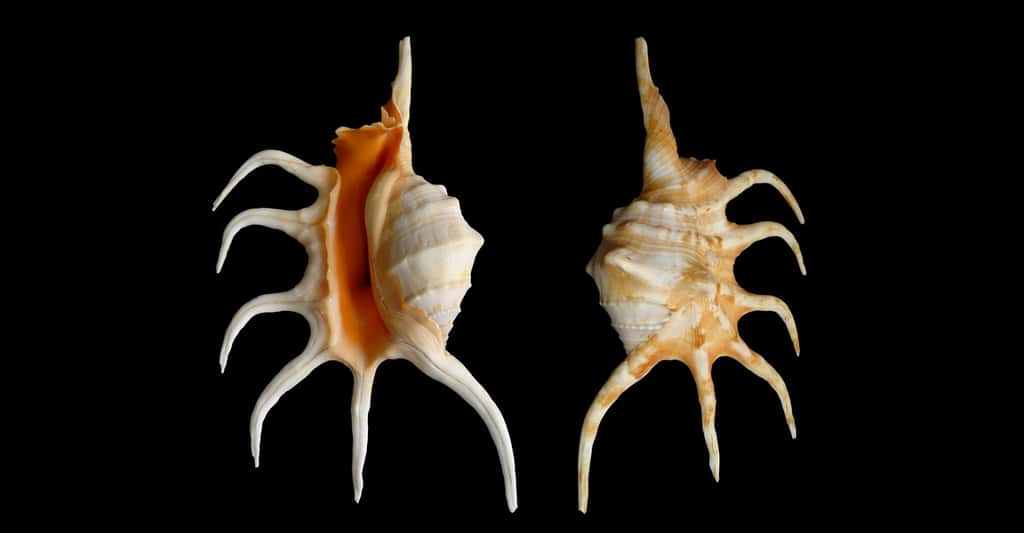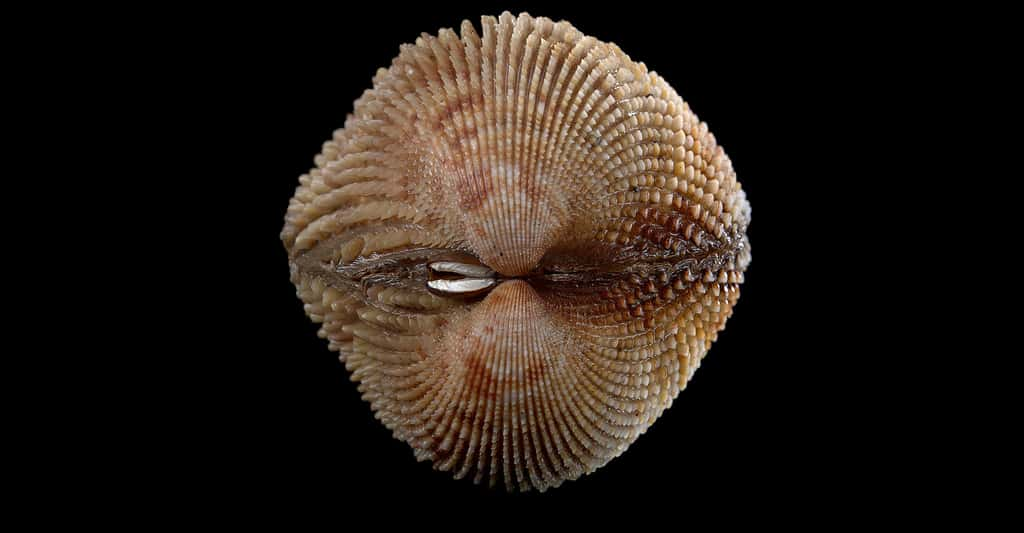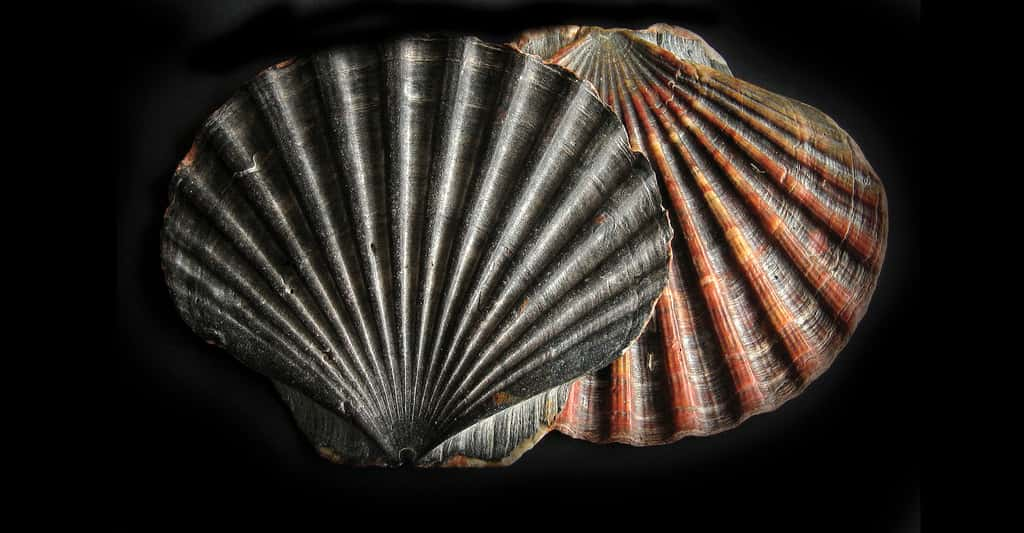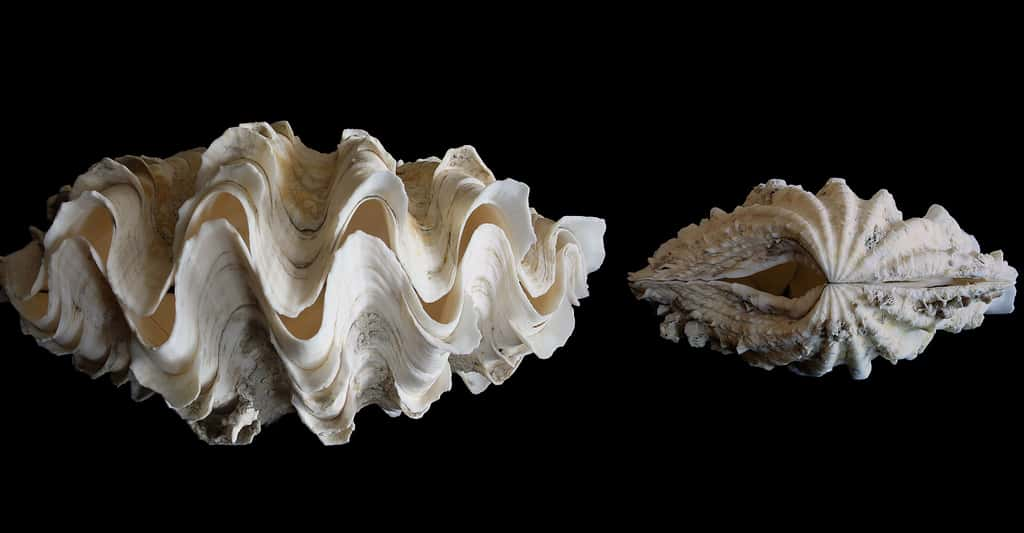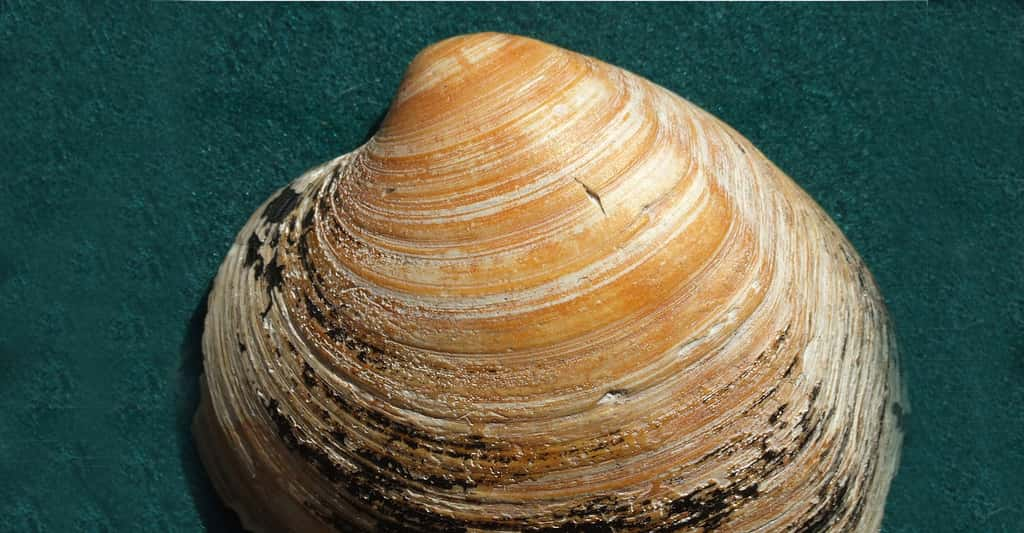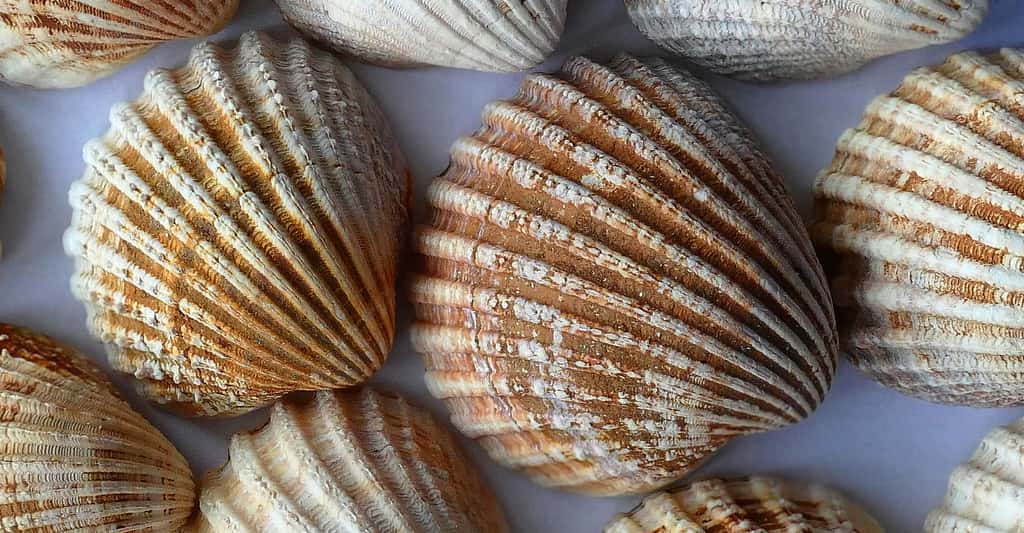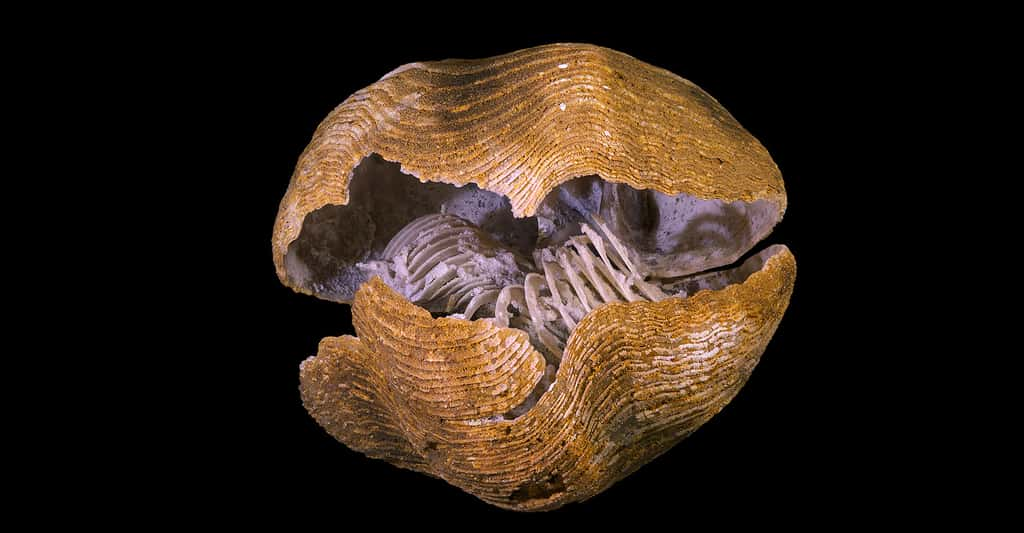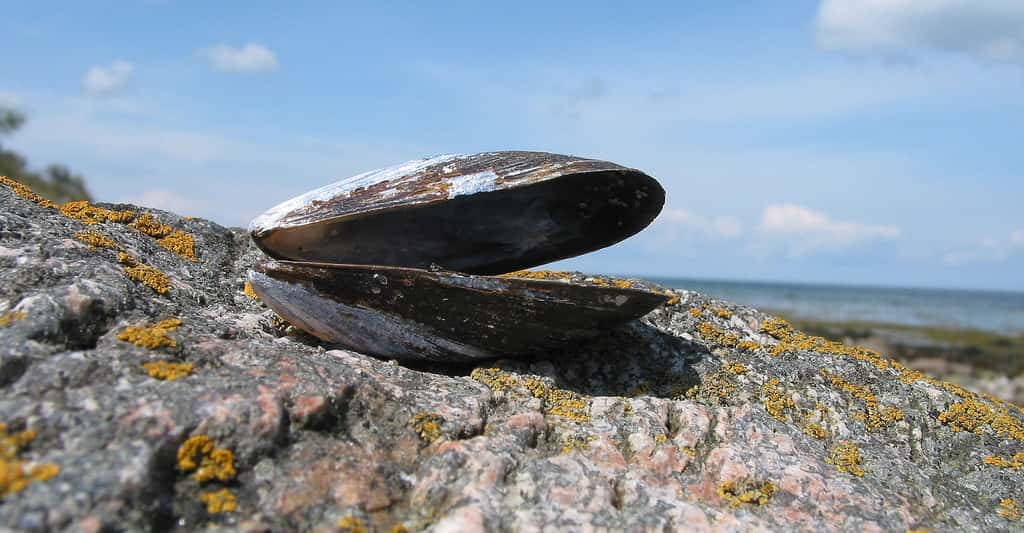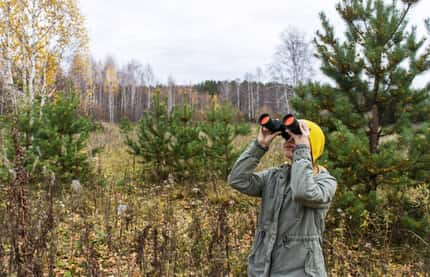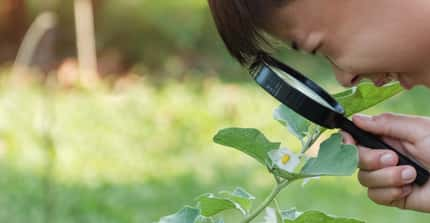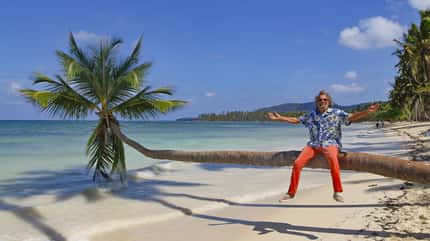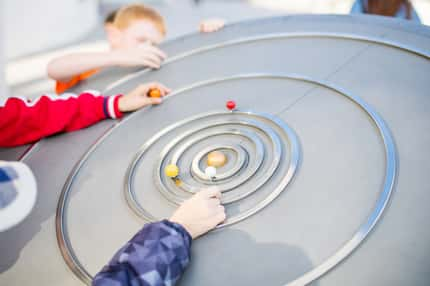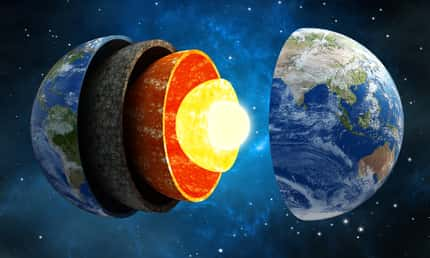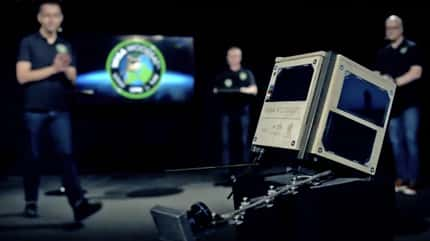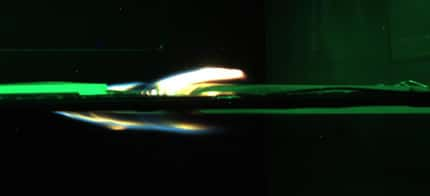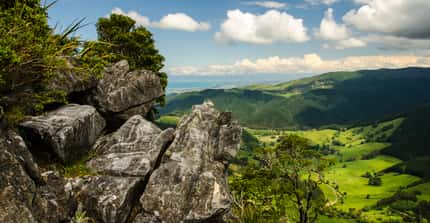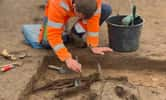Pour en apprendre plus encore... documentation et sites InternetInternet.
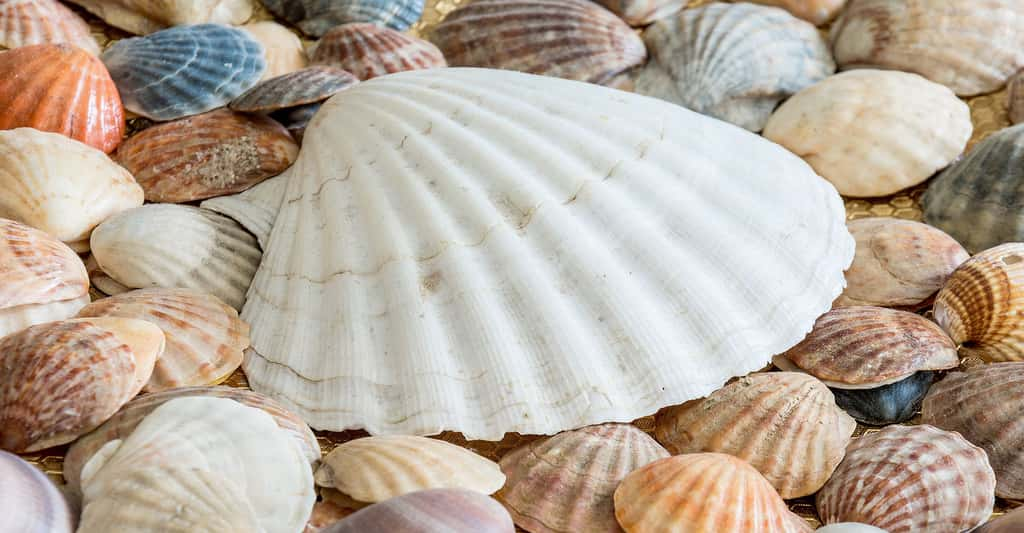
Bibliographie, documentation
- Lazareth, C.E., 2007. El NiñoEl Niño laisse ses empreintes sur les coquillages. Sciences au Sud - Le journal de l'IRDIRD 39 - mars/avril/mai 2007, 3.
- Arntz W. E. (1986) The two faces of El Niño 1982-1983. Meeresforsch., 31, 1-46.
- Carter J. G. (1980) Guide to Bivalve Shell Microstructures. In: Skeletal growth of aquatic organisms: biological records of environmental change, Vol. 1, D. C. Rhoads et R. A. Lutz, eds., Plenum Press, New York and London, 645-673.
- Cuif J.-P. & Dauphin Y. (2003) : Les étapes de la découverte des rapports entre la Terre et la Vie - Une introduction à la paléontologiepaléontologie. Éditions Scientifiques GB, Paris, 257 pp.
- Epstein S., Buchsbaum R., Lowenstam H. A. & Urey H. C. (1953) : Revised carbonate-water isotopic temperature scale. Geol. SocSoc. Am. Bull., 64, 1315-1326.
- Lasne G. (2004) Microstructure et croissance de coquilles de Protohaca thaca (lamellibranchelamellibranche, vénéridé) du Pérou et du Chili : enregistrement des variations saisonnières à interannuelles des conidtions océanographiques littorales. Master, Bordeaux I, 30 pp.
- Lazareth C. E., Lasne G. & Ortlieb L. (2006) : Growth anomaliesanomalies in Protothaca thaca (Mollusca, Veneridae) shells as markers of ENSO conditions. Climate Research, 30 (3), 263-269.
- Lazareth C. E., Vander Putten E., André L. & Dehairs F. (2003) : High-resolution trace element profiles in shells of the mangrovemangrove bivalve Isognomon ephippium : a record of environmental spatio-temporaltemporal variations? Estuar. Coast. Shelf Sci., 57 (5-6), 1103-1114.
- Levi-Kalisman Y., Falini G., Addadi L. & Weiner S. (2001) : Structure of the Nacreous Organic Matrix of a Bivalve Mollusk Shell Examined in the Hydrated State Using Cryo-TEM. Journal of Structural Biology, 135 (1), 8-17.
- Lutz R. A. & Rhoads D. C. (1980) : Growth patterns within the molluscan shell, an overview. In: Skeletal growth of aquatic organisms: biological records of environmental change, Vol. 1, D. C. Rhoads et R. A. Lutz, eds., Plenum Press, New York and London, 203-255.
- Rhoads D. C. & Pannella G. (1970) : The use of molluscan shell growth patterns in ecology and paleoecology. Lethaia, 3 (2), 143-161.
- Richardson C. A. (2001) : Molluscs as archives of environmental changes. In: Oceanography and Marine Biology: an annual Review, Vol. 39, R. N. Gibson, M. Barnes, et R. J. A. Atkinson, eds., Taylor & Francis, London, 103-164.
- Schöne B. R., Goodwin D. H., Flessa K. W., Dettman D. L. & Roopnarine P. D. (2002a) : Sclerochronology and growth of the bivalve mollusks Chione (Chionista) fluctifraga and C. (Chionista) cortezi in the northern Gulf of California, Mexico. Veliger, 45, 45-54.
- Schöne B. R., Lega J., Flessa K. W., Goodwin D. H. & Dettman D. L. (2002b) : Reconstructing daily temperatures from growth ratesrates of the intertidal bivalve mollusk Chione cortezi (northern Gulf of California, Mexico). Palaeogeography Palaeoclimatology Palaeoecology, 184 (1-2), 131-146.
- Wada K. (1980) : Initiation of mineralization in bivalve molluscs. In: The mechanisms of biomineralization in animals and plants, M. Omori et N.
- Watabe, eds., Tokai University Press, Tokyo, 79-92.
- Wheeler A. P. (1992) : Mechanisms of molluscan shell formation. In: CalcificationCalcification in Biological Systems, E. Bonucci, ed., CRCCRC press, New York, 179-216.
- Wilbur K. M. & Saleuddin A. S. M. (1983) : Shell Formation. In: The Mollusca, Physiology, Part 1, Vol. 4, A. S. M. Saleuddin et K. M. Wilbur, eds., Academic Press, New York, 235-287.
Sites Internet
- Institut de recherche pour le développement
- Stony Brook University
- Jacksonville shells (images of Wester Atlantic Bivalves)
Remerciements photos

